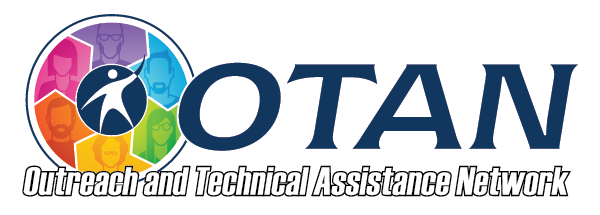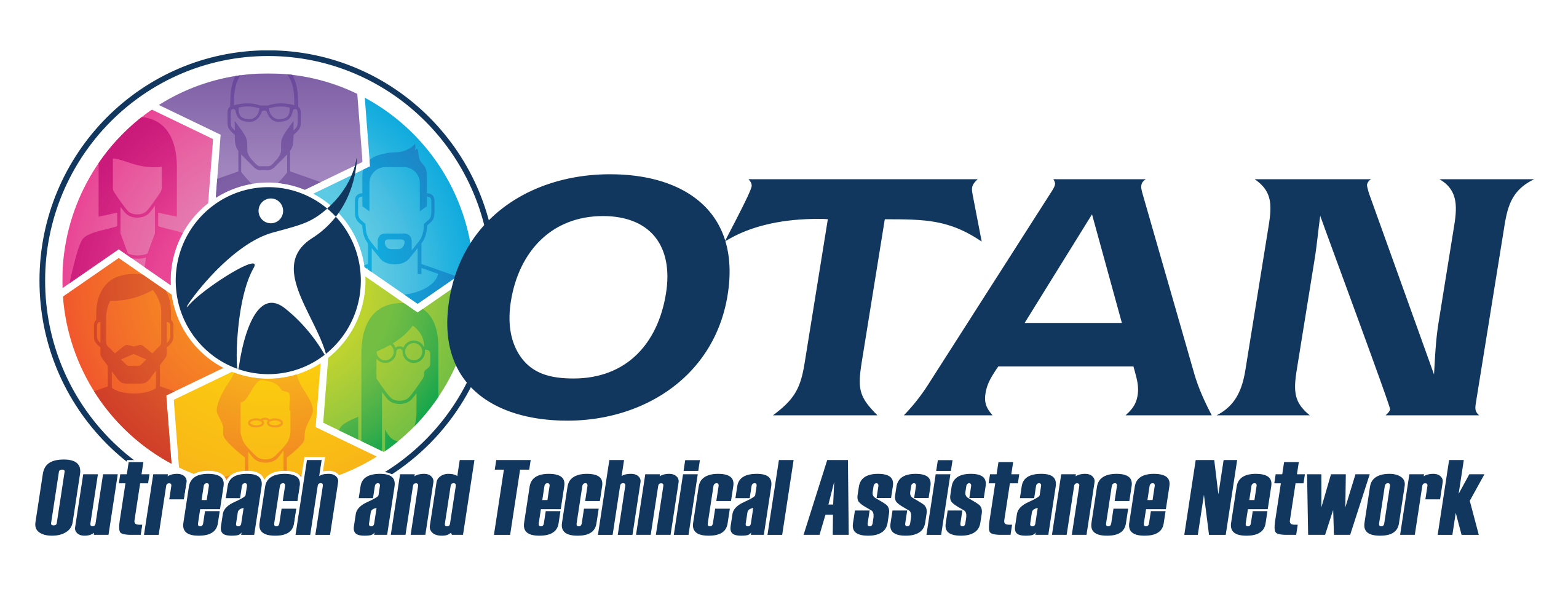Search
Book Creator: Project to Promote Family Literacy
Details
Activity Description
Preparation
- Check the website to ensure it is not blocked at your site.
- Read through the lesson plan.
- Print and make copies of any handouts.
- Decide which tool(s) to use for the project. Practice using the tool(s) yourself to gain familiarity. Locate or create video or print tutorials. These are tools to explore:
- Book Creator - digital tool for creating digital books which can include text, images, video, sounds and music. Resources and Tutorial on Book Creator YouTube channel
- Editpad AI Story Generator - free, no sign up; easy to use - enter story topic, choose length, select age group and generate a story
- StoryBook AI: Personalized storybooks by incorporating a child’s name, photo, and favorite themes, making reading more engaging and boosting language skills; three free story generations with free sign up; How it works
- Kidgeni: Introduce students to artificial intelligence through tools that generate AI (art, bedtime stories, coloring book pages); optional collaborative spaces; free trial
- ReadKidz: AI-assisted story generation, illustration, and video production; free trial; tutorials
- Create a book or booklet in MS Word
- Create a book or booklet in Word using a template
- Create a book or booklet in Google Docs
- Canva booklet templates - requires free account; printing charges may apply
Program Areas
- ESL: English as a Second Language
Levels
- Low
- Intermediate
- High
- All Levels
- Intermediate High
- Advanced
Lesson Plan
Ask students in the class who have children or grandchildren what activities they do with them. For students who don't have children, ask them what parent-child activities are beneficial and why.
Ask students if their parents read books to them when they were young. Ask the if they remember any of the titles.
Show popular kids' books. Ask students if they have heard of any of them.
Ask students what children can gain when adults read to them.
Then explain to students benefits of adults reading books -- even picture books -- aloud with children, including the following:
- Language development - children learn new vocabulary
- Listening skills and attention - children develop their ability to focus and pay attention
- Brain development - children develop memory, concentration, and critical thinking skills
- Emotional connection - adults and children to connect and build a strong bond.
- Emotional development - children explore and understand their own emotions and those of others, including building empathy
- Literacy - children develop a foundation for reading, writing, and comprehension skills
- Love of reading - being read to can foster a lifelong love of reading
- Knowledge - children can learn about different cultures, settings, and experiences
- Academic success: children develop the skills they need to succeed in school
- Now ask students how they could benefit from reading aloud to children. List their ideas and keep them for a final reflection activity or "I can" statements.
Tell students that they are going to be working on a project to create a customized book for a child in their family or community.
- Select a level-appropriate short children's book and pre-teach any vocabulary that may be unfamiliar, working on pronunciation. Then read the book aloud to students, telling them you are modeling how adults should read to children. Focus on holding the book so that students can see, making predictions from pictures and the title, using vocal effects such as pacing, volume, stress, intonation, etc., and asking students to predict what will happen next, etc. Ask students what they noticed about how you read the book.
- Explain to students a protocol for reading aloud to child with language frames:
- Ask questions about the pictures and the title: What do you see? The title is "_____." what do you think the book is going to be about?
- Pause after reading some sections and ask questions and ask for predictions: What do you think will happen next? Why ...? How...? Is ___ going to ___?
- Use different voices for different people/charaters in the story.
- Ask about feelings: How does this make you feel? How does ___ feel?
- Connect to the listener's life: How is this similar to / like you? Remember when...? Has this ever happened to you?
- Ask listener to reflect at the end of the story: Did you like this story? What was your favorite part? Do you want to read it again?
3. Ask students to think of a child they know that they can construct a book for. If a they have no children in their lives, they can write a book for themselves.
1. Give students time to write five questions they can ask the child in an interview for the book, such as “What is your favorite…?” “Tell me about…”“What do you like to do with your family?” Then group students to document their group's questions on a shared Google Doc. Discuss any errors in the questions or make an error correction activity or mini lesson on the main errors you find.
2. Pair students to practice the questions and take notes on their partners' answers. Then assign students to interview a child and bring the answers to class with a set deadline. Optionally have them take or prepare photos to accompany the book they are going to create.
3. If students are creative and more advanced in their English writing proficiency, they can write a story on their own and revise based on teacher feedback. However, if this is not the case or if time if limited, help students use the information they gathered from the interviews to prepare to create a prompt for an AI text / story generator (see the Preparation section of this lesson plan for options). Provide sentence frames such as the following (depending on the questions selected by students for the interviews):
- My child’s name is ____.
- He/she is ____ years old.
- He/She likes ____ and ____.
- His/her favorite _______ is ________.
- He/She wants to be a ____ when he/she grows up.
Then help students transform their sentences into a prompt. Model with a prompt such as: "Write a story about a 7-year-old boy named Leo who likes robots and pizza. He wants to be an astronaut when he grows up. Add a message at the end that says: ‘I love you!’ from Mommy.”
Remind students to leave out personally-identifying information such as last names, addresses, etc.
Model for students how to use the generative AI text/story generator selected and how to copy the output and edit as needed into a Word file or Google Doc.
Next, model how to use Bookcreator or another method (simply Google Slides or Google Docs) to assemble the book with text and images.
Provide assignment requirements such as the following:
Create a short digital book (4–8 pages) about a child you know. Include in the book:
- Title
- Author’s name (your name).
- Text you write or generate with AI based on the interview
- AI-generated or student-uploaded images
- Personal message to the child (in English and optionally in their first language).
Finally, once students' books have been proofread, have them practice reading aloud in pairs and small groups. Circulate and provide feedback on prosody, including intonation, pitch, rhythm, volume, pacing, stress, etc. Remind students to use the read aloud protocol, displaying it before the read-aloud.
Volunteers can read their books aloud to the class.
For homework, students will share the book link or print a copy to read with the child and then reflect on the experience with "I can" statements regarding their abilities to read aloud, benefits they identified or the following:
- I can interview someone and record their answers.
- I can write sentences from an interview.
- I can write a story or use AI to write a short from a prompt.
- I can select images to illustrate a story.
- I can read a story aloud using techniques for reading to children.
- I can read aloud using my voice to make the story interesting.
Standards
- Reading Foundational Skills
- RF.2 - Demonstrate understanding of spoken words, syllables, and sounds (phonemes). (Phonological Awareness)
- RF.3 - Know and apply grade-level phonics and word analysis skills in decoding words. (Phonics and Word Recognition)
- RF.4 - Read with sufficient accuracy and fluency to support comprehension. (Fluency)
- Writing
- CCR Anchor 3 - Write narratives to develop real or imagined experiences or events using effective technique, well-chosen details and well-structured event sequences.
- CCR Anchor 4 - Produce clear and coherent writing in which the development, organization, and style are appropriate to task, purpose, and audience.
- CCR Anchor 5 - Develop and strengthen writing as needed by planning, revising, editing, rewriting, or trying a new approach.
- CCR Anchor 6 - Use technology, including the Internet, to produce and publish writing and to interact and collaborate with others.
- Speaking and Listening
- CCR Anchor 1 - Prepare for and participate effectively in a range of conversations and collaborations with diverse partners, building on others’ ideas and expressing their own clearly and persuasively.
- CCR Anchor 6 - Adapt speech to a variety of contexts and communicative tasks, demonstrating command of formal English when indicated or appropriate.
- Language
- CCR Anchor 1 - Demonstrate command of the conventions of English grammar and usage when writing or speaking.
- CCR Anchor 2 - Demonstrate command of the conventions of English capitalization, punctuation, and spelling when writing.
- CCR Anchor 3 - Apply knowledge of language to understand how language functions in different contexts, to make effective choices for meaning or style, and to comprehend more fully when reading or listening.

